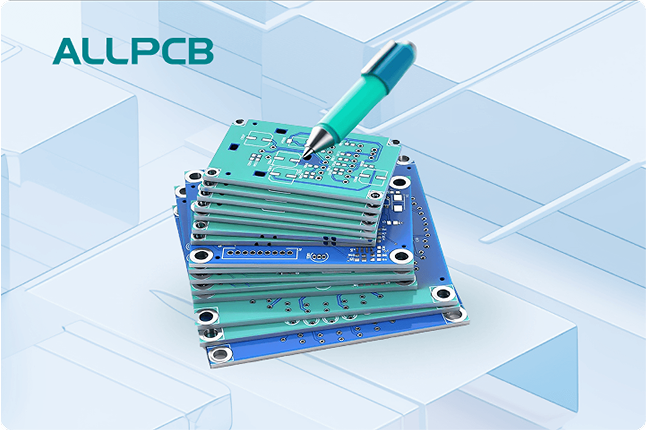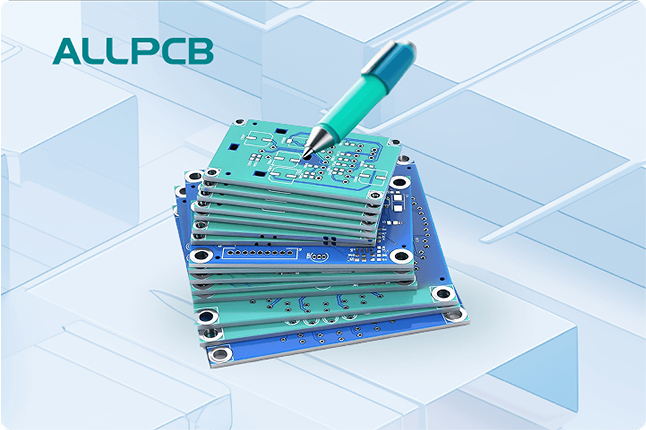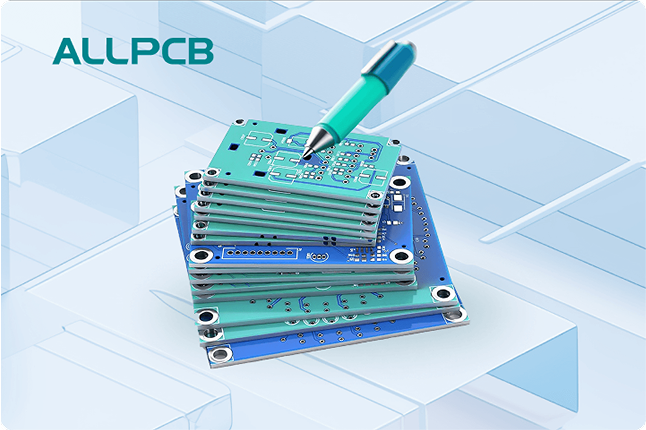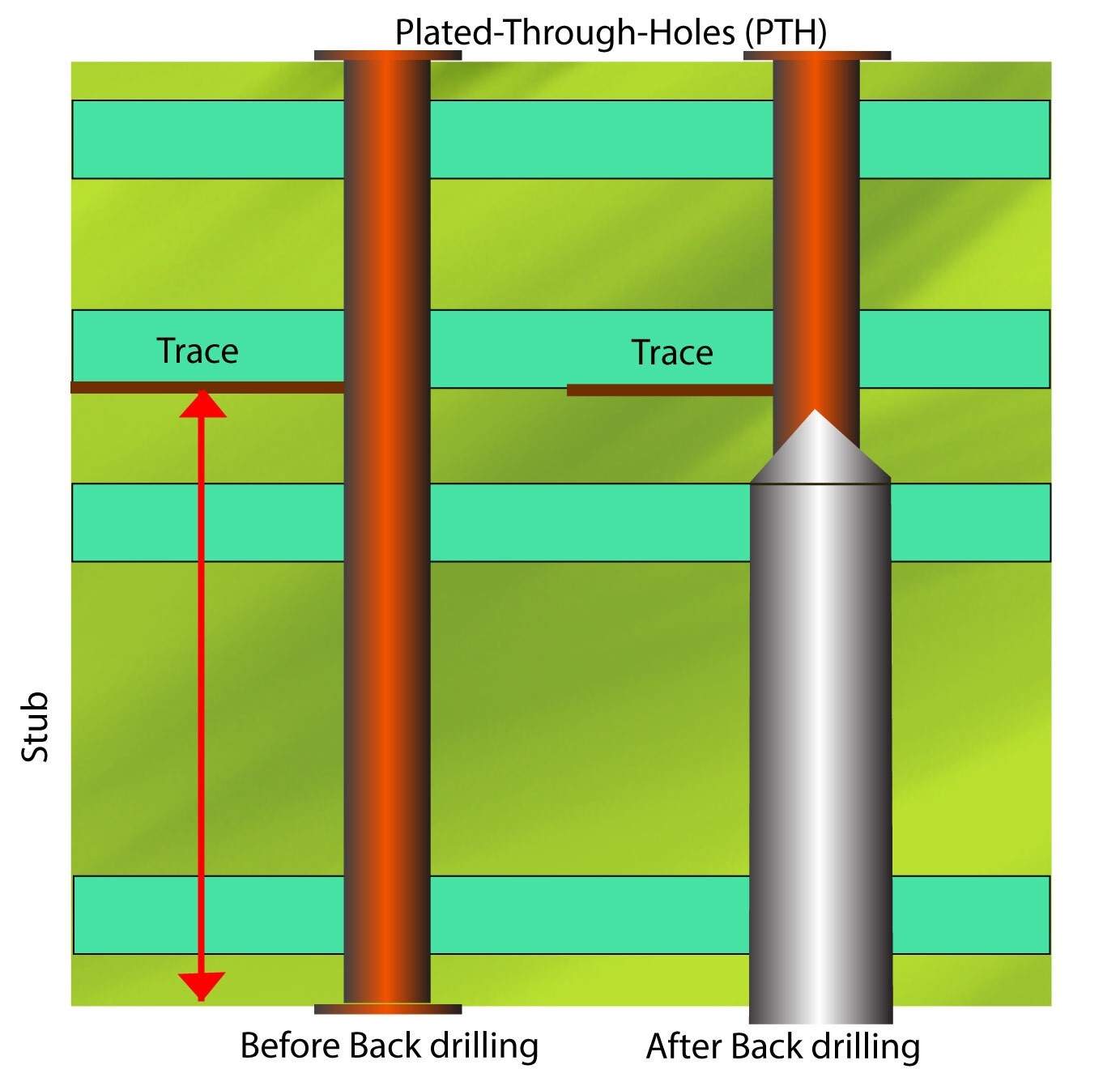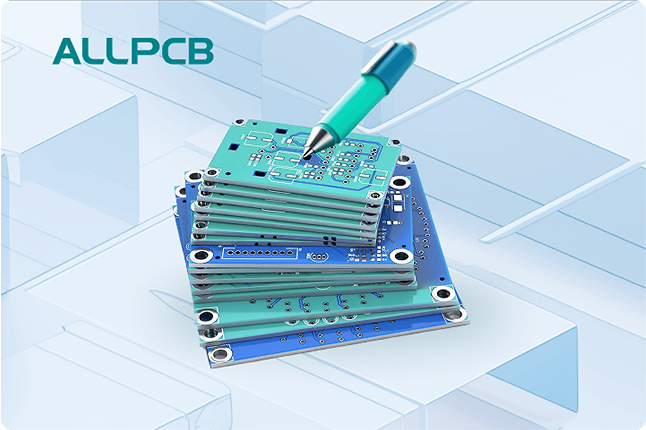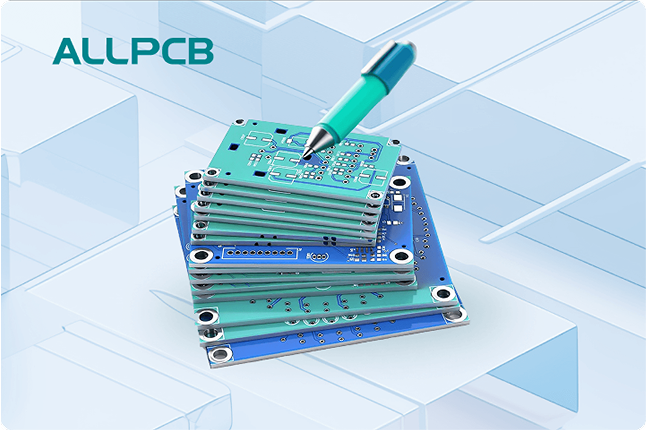In the world of printed circuit board (PCB) design, mastering impedance control is crucial for ensuring signal integrity, especially in high-speed applications. Whether you're dealing with PCB impedance control constraints, controlled impedance routing PCB techniques, or impedance matching PCB design, understanding how to manage impedance can make or break your project. This comprehensive guide will walk you through the essentials of impedance control, including PCB trace impedance calculation and differential impedance PCB considerations, to help you achieve optimal performance in your designs.
At its core, impedance control is about regulating the resistance and reactance of signal traces to match the requirements of high-speed signals. Without proper management, you risk signal reflections, crosstalk, and data loss. In the sections below, we’ll dive deep into the principles, techniques, and calculations needed to tackle these challenges effectively.
What Is Impedance Control in PCB Design?
Impedance control refers to the process of designing PCB traces to have a specific resistance to alternating current (AC) signals. Unlike simple resistance in DC circuits, impedance includes both resistance and reactance (caused by capacitance and inductance) and is measured in ohms (Ω). In high-speed designs, controlling impedance ensures that signals travel without distortion or loss, maintaining signal integrity across the board.
In modern electronics, where data rates can exceed 10 Gbps, even small mismatches in impedance can cause significant issues. For instance, a mismatch between a trace and its connected component can lead to signal reflections, resulting in errors or degraded performance. This is why PCB impedance control constraints are a top priority for engineers working on high-frequency or high-speed digital circuits.
Why Is Impedance Control Important?
Impedance control is critical for several reasons, especially in applications like telecommunications, automotive electronics, and consumer devices with high-speed interfaces (e.g., USB, HDMI, or PCIe). Here are the key benefits:
- Signal Integrity: Proper impedance matching prevents reflections that can distort signals, ensuring clean and accurate data transmission.
- Reduced Crosstalk: Controlled impedance minimizes interference between adjacent traces, a common issue in dense PCB layouts.
- Electromagnetic Compatibility (EMC): By managing impedance, you reduce electromagnetic interference (EMI), helping your design meet regulatory standards.
- Reliable Performance: Consistent impedance across traces ensures predictable behavior, especially in differential impedance PCB designs used for high-speed differential signaling.
Without impedance control, high-speed signals can suffer from delays, data corruption, or complete failure. For example, in a 5 Gbps signal, a mere 10% impedance mismatch could lead to significant signal degradation, impacting the entire system.
Understanding PCB Impedance Control Constraints
When designing a PCB, several constraints influence how impedance is controlled. These PCB impedance control constraints must be carefully managed to meet design specifications. Let’s break down the primary factors:
1. Trace Geometry
The width, thickness, and spacing of traces directly affect impedance. Wider traces generally have lower impedance, while narrower traces increase it. For instance, a 50-ohm single-ended trace might require a width of 6 mils on a standard FR-4 material with a dielectric thickness of 5 mils.
2. Dielectric Material and Thickness
The material between layers (dielectric) and its thickness play a significant role. Materials with a lower dielectric constant (Dk), like high-frequency laminates, result in higher impedance for the same trace width compared to standard FR-4 (Dk ~4.5). A thinner dielectric layer increases capacitance, lowering impedance.
3. Layer Stackup
The arrangement of layers in a PCB affects how signals interact with ground planes and other traces. A well-designed stackup ensures consistent impedance by maintaining uniform spacing between signal layers and reference planes.
4. Soldermask and Copper Weight
The thickness of the soldermask over traces can slightly alter impedance. Typically, a single layer of soldermask reduces single-ended impedance by about 2 ohms. Copper weight (e.g., 1 oz or 2 oz per square foot) also impacts trace resistance and must be factored into calculations.
Techniques for Controlled Impedance Routing in PCB Design
Controlled impedance routing PCB techniques are essential for maintaining uniform impedance across signal paths. Here are some best practices to follow during the design phase:
1. Use Consistent Trace Widths and Spacing
For a given impedance value, maintain uniform trace widths and spacing throughout the signal path. Any sudden change can cause an impedance discontinuity, leading to reflections. For example, a 100-ohm differential pair might require 5-mil traces with 8-mil spacing on a specific dielectric material.
2. Route Over Continuous Reference Planes
High-speed signals should always be routed over a continuous ground or power plane to provide a stable return path. Breaks or splits in the reference plane can disrupt impedance and increase EMI.
3. Minimize Vias and Bends
Vias and sharp bends in traces introduce inductance and capacitance, altering impedance. If vias are unavoidable, use back-drilling to reduce stub effects, and keep trace bends at 45-degree angles rather than 90 degrees.
4. Separate High-Speed and Low-Speed Signals
To avoid crosstalk, keep high-speed traces away from low-speed or noisy signals. Use ground traces or planes as shields between critical signal lines if spacing is limited.
Impedance Matching in PCB Design
Impedance matching PCB design is the process of ensuring that the impedance of a trace matches the impedance of the source and load components. Mismatches cause signal reflections, which can degrade performance. Here’s how to achieve effective impedance matching:
1. Understand System Requirements
Determine the required impedance for your design. Common standards include 50 ohms for single-ended signals (used in RF applications) and 100 ohms for differential pairs (common in USB or Ethernet).
2. Use Termination Resistors
For high-speed signals, add termination resistors at the source or load to match impedance and absorb reflections. For instance, a 50-ohm trace might need a 50-ohm resistor at the end to prevent signal bounce-back.
3. Leverage Simulation Tools
Modern design software includes simulation tools to predict impedance and identify mismatches before manufacturing. These tools can model how changes in trace width or dielectric thickness affect impedance.
PCB Trace Impedance Calculation: A Step-by-Step Guide
Performing a PCB trace impedance calculation is a fundamental skill for any PCB designer. While advanced tools can automate this process, understanding the basics helps in making informed design decisions. Here’s how to calculate impedance for a single-ended microstrip trace:
- Identify Key Parameters: Gather data on trace width (W), trace thickness (T), dielectric thickness (H), and dielectric constant (Dk) of the material.
- Use a Standard Formula: For a microstrip trace, a simplified formula for characteristic impedance (Z0) is:
Z0 = (87 / √(Dk + 1.41)) * ln(5.98 * H / (0.8 * W + T)) This assumes the trace is on the surface layer with a ground plane beneath it.
- Plug in Values: For a trace with W = 6 mils, T = 1.4 mils, H = 5 mils, and Dk = 4.5 (standard FR-4), the calculation yields an impedance of approximately 50 ohms.
- Verify with Tools: Cross-check your result using an impedance calculator or simulation software to ensure accuracy.
For more complex structures like stripline or differential pairs, the formulas adjust to account for additional factors like dual reference planes or coupling between traces.
Differential Impedance in PCB Design
Differential impedance PCB design is critical for high-speed interfaces that use differential signaling, such as USB, Ethernet, or PCIe. Differential impedance refers to the impedance between two traces in a pair, typically ranging from 85 to 120 ohms depending on the standard.
Key Factors for Differential Impedance
- Trace Spacing: The distance between the two traces in a differential pair affects coupling. Closer spacing reduces differential impedance due to increased capacitance.
- Trace Width: Similar to single-ended traces, wider traces lower impedance, while narrower traces increase it.
- Dielectric Properties: The material and thickness between the pair and reference planes influence the overall impedance.
For example, a 100-ohm differential pair on FR-4 might use 5-mil traces with 8-mil spacing and a 5-mil dielectric height to the ground plane. Accurate calculation often requires specialized tools, as manual formulas for differential pairs are more complex.
Common Challenges and Solutions in Impedance Control
Even with careful planning, impedance control can present challenges. Here are some common issues and how to address them:
- Manufacturing Variations: Small deviations in trace width or dielectric thickness during fabrication can affect impedance. Work closely with your manufacturer to define tight tolerances, such as ±10% for critical traces.
- Signal Discontinuities: Vias, connectors, or component pads can disrupt impedance. Use impedance-matched connectors and minimize via usage to maintain continuity.
- High-Density Designs: In dense layouts, maintaining consistent spacing and trace widths is difficult. Prioritize critical signals and use shielding to isolate them from interference.
Conclusion: Achieving Success with Impedance Control
Mastering impedance control in PCB constraint management is a vital skill for any engineer working on high-speed or high-frequency designs. By understanding PCB impedance control constraints, implementing controlled impedance routing PCB techniques, and focusing on impedance matching PCB design, you can ensure reliable signal integrity and performance. Additionally, mastering PCB trace impedance calculation and differential impedance PCB considerations allows you to tackle even the most complex projects with confidence.
Start by defining clear impedance requirements for your design, using simulation tools to validate your layout, and collaborating with your manufacturing partner to meet tight tolerances. With these strategies in place, you’ll be well-equipped to handle the challenges of modern PCB design and deliver high-quality, reliable products.
 ALLPCB
ALLPCB


